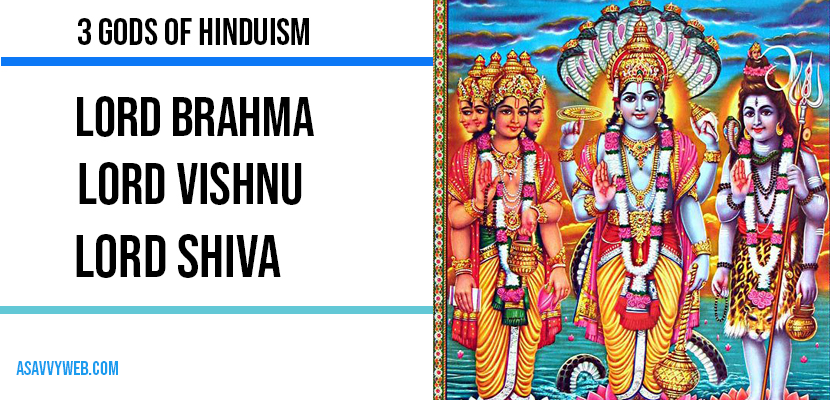Who are the 3 Main Gods of Hinduism?
There are many gods in hinduism and as per vedic gods there are total 33 gods in hinduism and apart from them the trinity of hindu gods with main hindu gods and the three main gods of hinduism are as below explained :
- Lord Brahma
- Lord Vishnu
- Lord Shiva
Each of these 3 gods have his responsibilities in saving earth and as Lord Brahma as creator, Lord Vishnu as preserver, and Lord Shiva as destroyer.
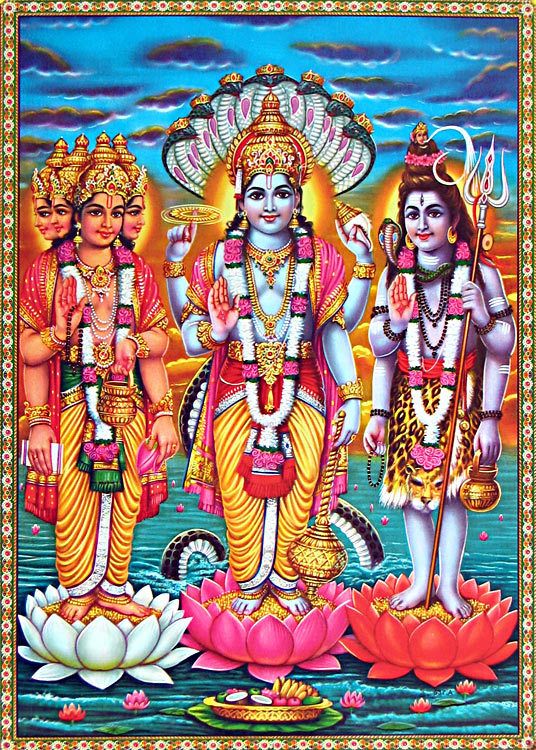
Lord Brahma:
Brahma is the Hindu god of creation. Statues of Brahma, paintings and other artwork normally represent him as having four heads and this is symbolic of him watching over the whole world. Brahma sometimes is shown with a beard, usually white this is to symbolize that he is eternal and to show that he is old and wise. He is usually also shown as having four arms and unlike most Hindu Gods and carries no weapons. He sometimes is pictured riding on a swan called Hamsa. The swan is Brahma’s vehicle and symbolizes grace.
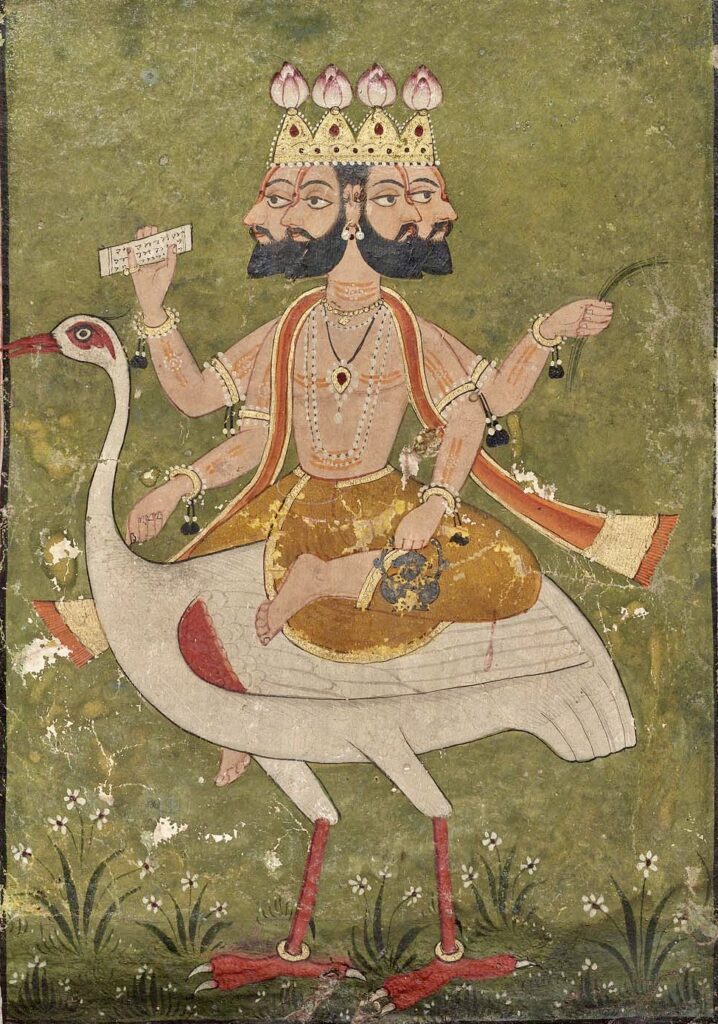
what does Brahma hold in his hands and its Significance:
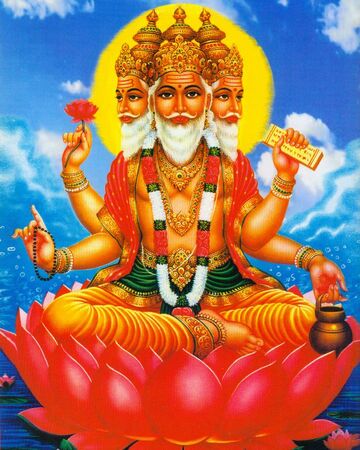
Below are the details of what Brahma holds on his hands and meaning of them individually.
1. A lotus flower – to symbolize nature and the living essence of all things and beings in the Universe.
2. Books – to symbolise knowledge- the books are usually the Hindu Vedas- these are very ancient Hindu holy books.
3. A spoon/ladle – which is associated with the pouring of holy ghee or oil onto a sacrificial pyre signifying Brahma as the lord of sacrifices.
4. A jar known as a ‘kamandalu’ – this is a jar made of metal or even coconut shell, containing water. The water in this jar is holy
5. A string of prayer beads called the ‘akshamala’ (literally “garland of eyes”) which He uses to keep track of the Universe’s time.
Lord Vishnu:
Vishnu is the Hindu god of preservation. He is the maintainer, preserver and protector of all in the universe.
Of all the Gods – Lord Vishnu has many incarnations. An incarnation is a human or animal that represents or ‘embodies’ the God on earth. The reason Vishnu has more incarnations of himself appear on Earth is because his role is to preserve and maintain the universe and appears on Earth in different forms to correct the problems or to destroy hate or demons.
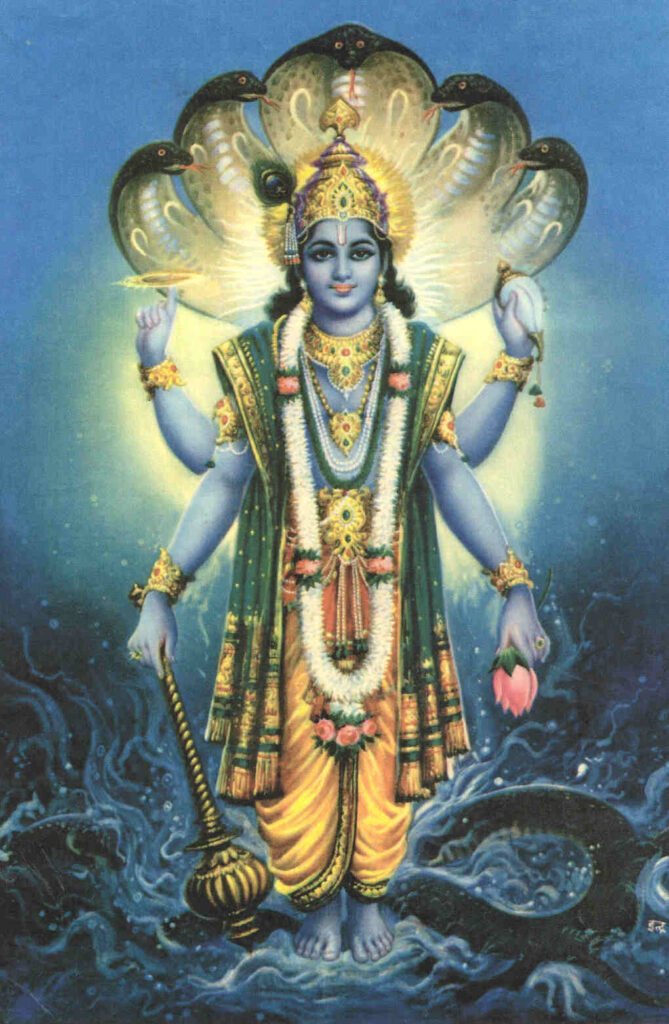
Avatars of Lord Vishnu or Dashavatars of Lord Vishnu (10):
In Hindu stories and mythologies, there are 10 avatars of lord Vishnu and the best known characters said to be incarnations of Vishnu are:
1-Matsya, the fish- who saved Manu – (the man whom all humans descend from -in Hinduism) from the great deluge and rescued the Vedic scriptures by killing a demon.
2-Kurma, the turtle- who helped with the churning of the ocean by bearing the entire weight of a mountain on his back.
3-Varaha, the boar who rescued the earth from the ocean, by killing a demon
4- Narasimha, the half man-half lion – who killed the tyrant demon-king to rescue the demon’s son Prahlada, who was a Vishnu-devotee
5- Vamana, the dwarf, who subdued the king Maha Bali
6- Parashurama, sage with the axe who killed the thousand-armed king Kartavirya Arjuna
7- Rama, the king of Ayodhya and the hero of the Hindu epic Ramayana
8-Balarama– the older brother of Krishna
9- Krishna, the king of Dwarka, a central character in the Bhagavata Purana and the Mahabharata and reciter of Bhagavad Gita
10- Buddha– The thinker
11- Kalki (“Eternity”, or “time”, or “The Destroyer of foulness”). This incarnation has not yet appeared on Earth but it is expected to appear at the end of one of the Hindu time cycles- the cycle of Kali Yuga- which the world is currently in.
Lord Vishnu and His Appearance:
In paintings Vishnu is often coloured Blue – this is to symbolise the divine colour of water filled clouds and the infinite expanse of sky and ocean.
He sometimes is pictured riding on an Eagle called Garruda- the Eagle is Vishnu’s vehicle and is symbolizes courage and the speed to spread knowledge.
Sometimes Vishnu is also pictured with a many headed serpent- this is due to a famous image of Vishnu in the Mahabharata story where he rests on a many headed serpent drifting on the milky ocean. The image symbolises the ocean of the universe.
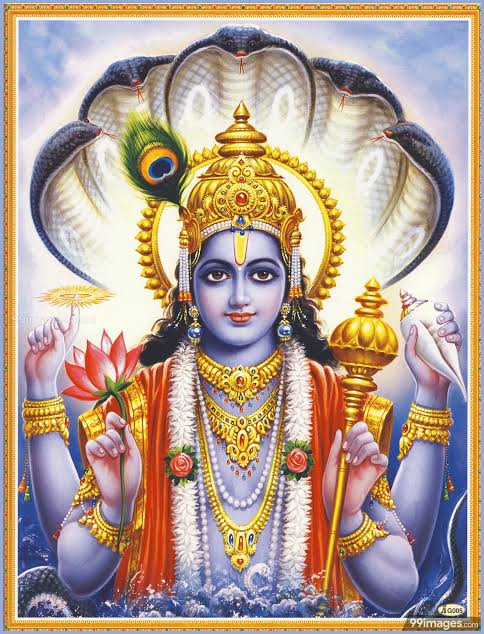
What Lord Vishnu Carries and its Significance
In statues/paintings Vishnu often has 4 arms. He carries:
1. A conch: the sound this produces is ‘Om’, which in Hinduism- represents the primeval sound of creation.
2. A chakra/or discus – this is a wheel shaped object and symbolises the mind/cycle of time- the wheel sometimes appears as though it is spinning on his finger.
3 -A lotus flower– this an example of glorious existence and liberation
4. A mace/club– this represents mental and physical strength
Lord Shiva:
Shiva is the Hindu god of destruction. Shiva’s role is to destroy the universe in order for things to be re-created. Or another way of looking at it is that he is part of Hinduism in order to destroy the illusions, imperfections and old ideas of the world to make way for positive changes.
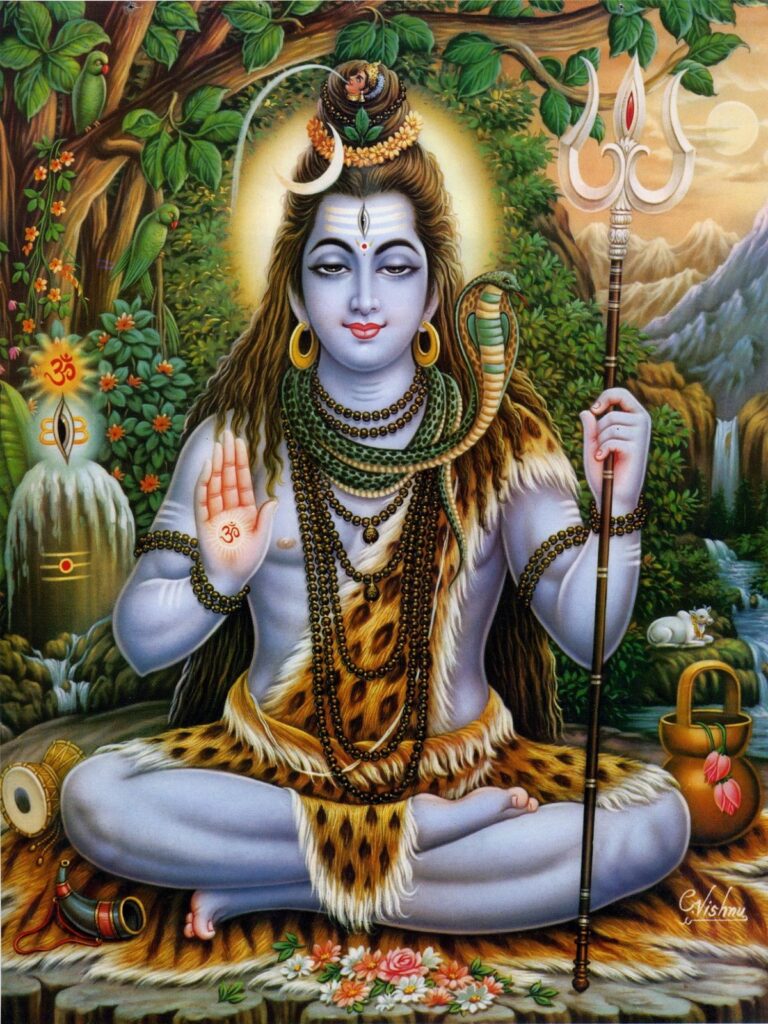
Shiva is often shown to be in deep meditation or to be dancing the eternal dance of creation and destruction. When shown dancing, he is referred to as ‘Nataraja’- the ‘lord of the dance’ and is usually dancing on top of the body of a small demon figure- called ‘Apasmara’. In Hindu mythology, Apasmara represents ignorance- the enemy of enlightenment.
Shiva is often shown with a bull called Nandi. Nandi is Shiva’s vehicle and symbolizes strength and faith.
He often is shown with a snake coiled and wearing as an armament around his neck- this is said to be symbolic of many things mastering fear, self control and even the different coils of the snake represent past, present and future.
What Lord Shiva Carries and Its Significance:
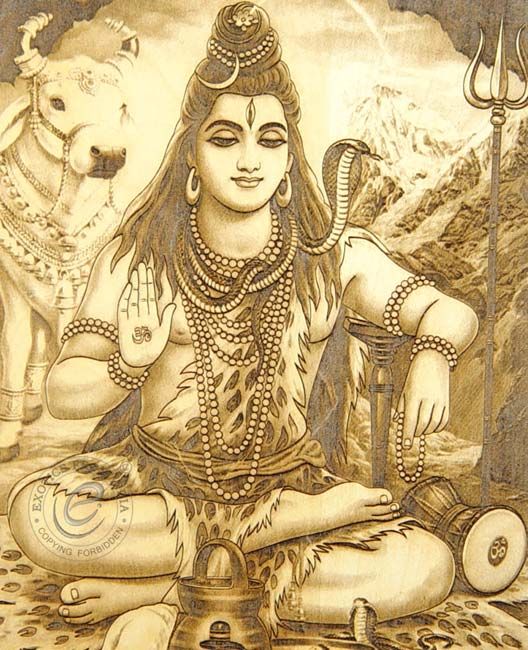
Shiva is usually shown with four arms and carries:
1. A trident (called a Trishula) – this is to fight enemies with as the three prongs of the trident represent the 3 primary qualities of nature- Rajas, Sattya and Tamas. (Rajas symbolises creation, Sattya symbolises preservation and Tamas symbolises destruction).
2. -A drum (called a damaru) – this represents the sound of creation and development.
3. -Fire- Shiva sometimes is shown holding or surrounded by the fire of creation (Agni) -his empty hands are sometimes shown making symbolic gestures and hand shapes used in Indian dance.
1- Lord Brahma, 2- Lord Vishnu, 3- Lord Shiva are three supreme gods of hindus
Brahma as creator, Vishnu as preserver, and Shiva as destroyer

